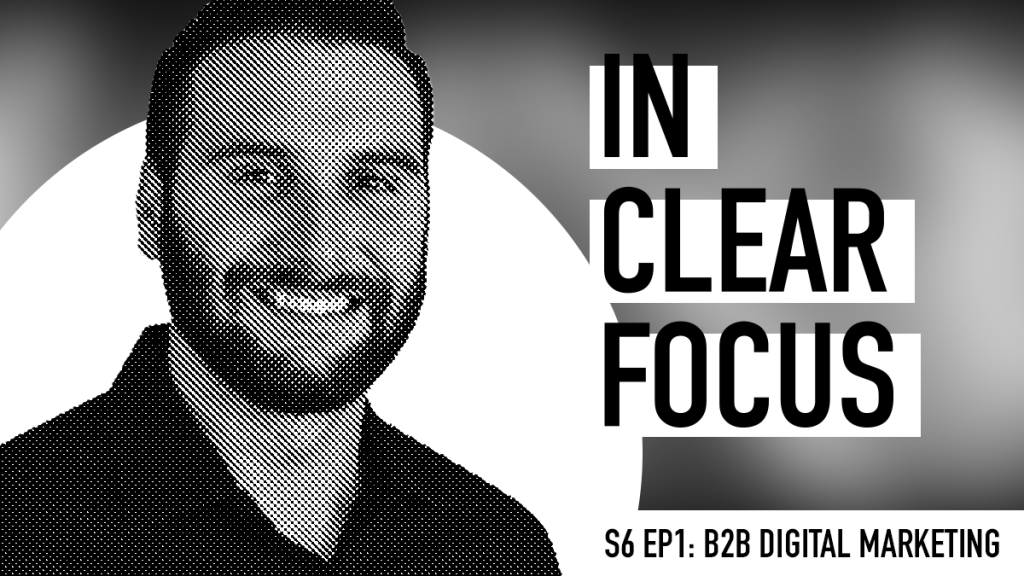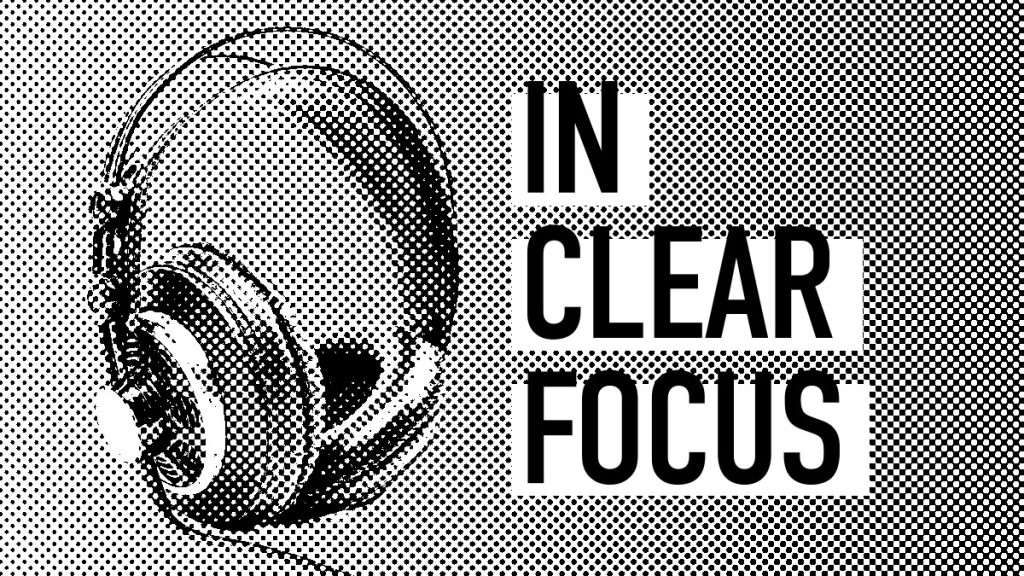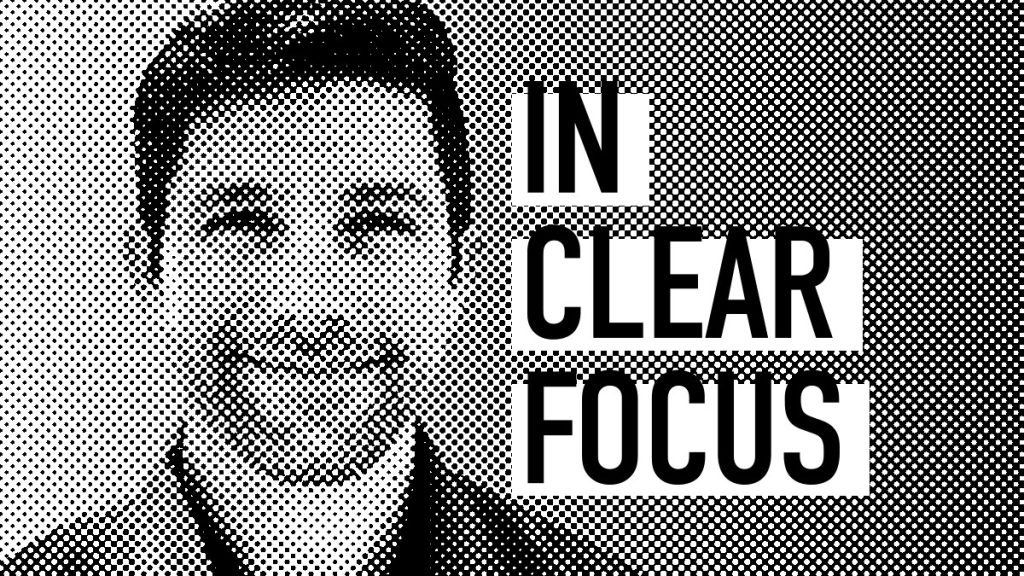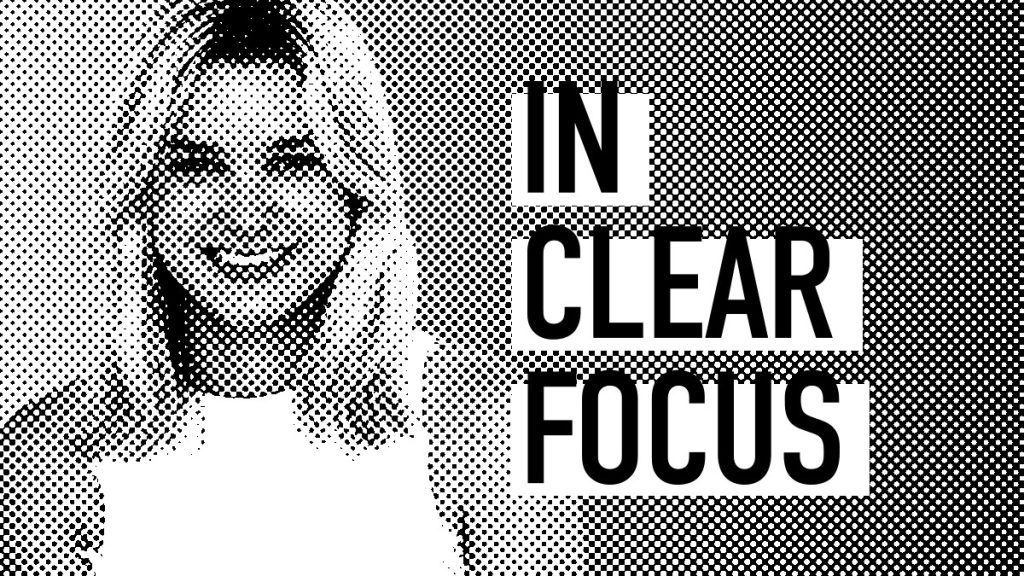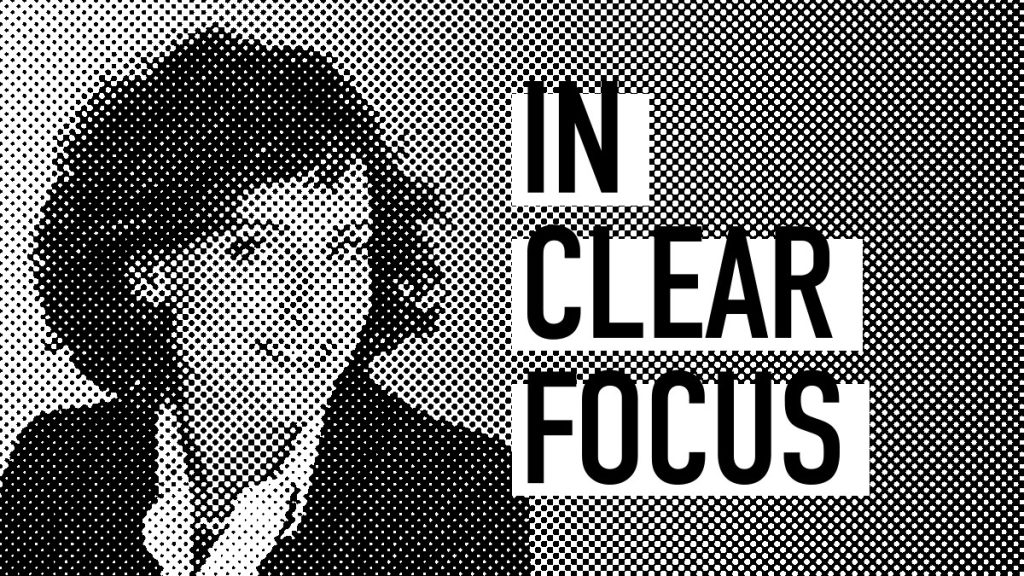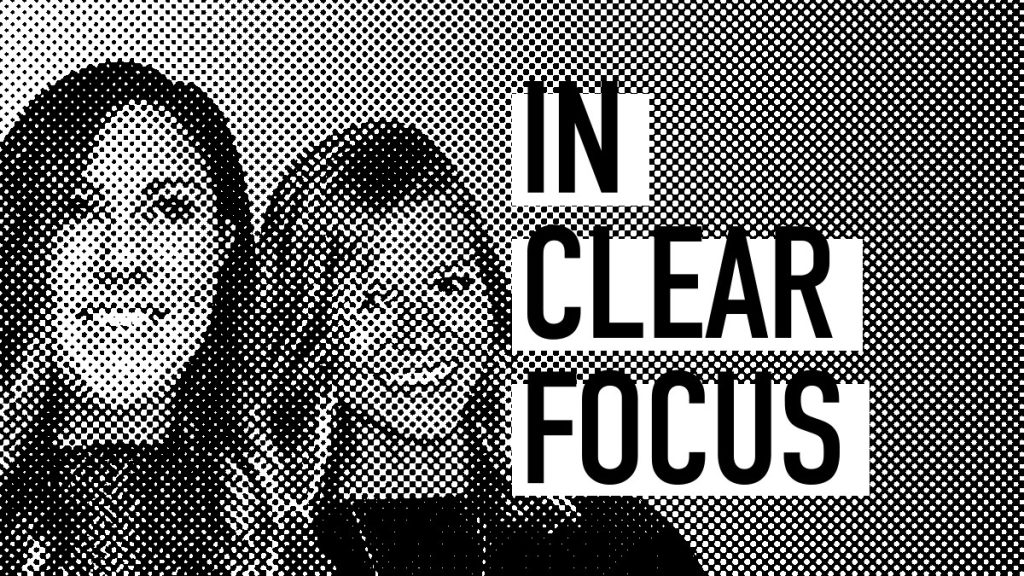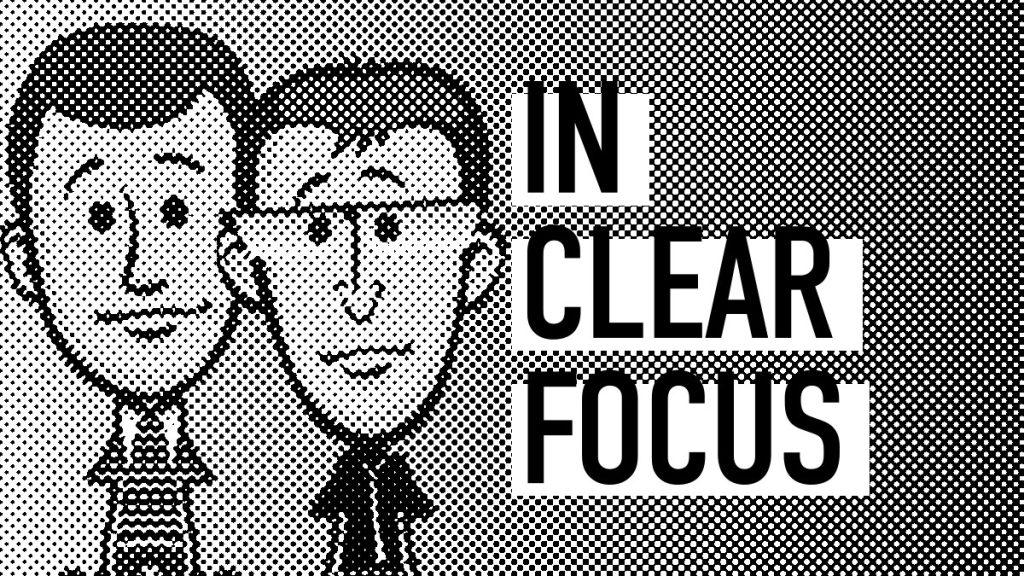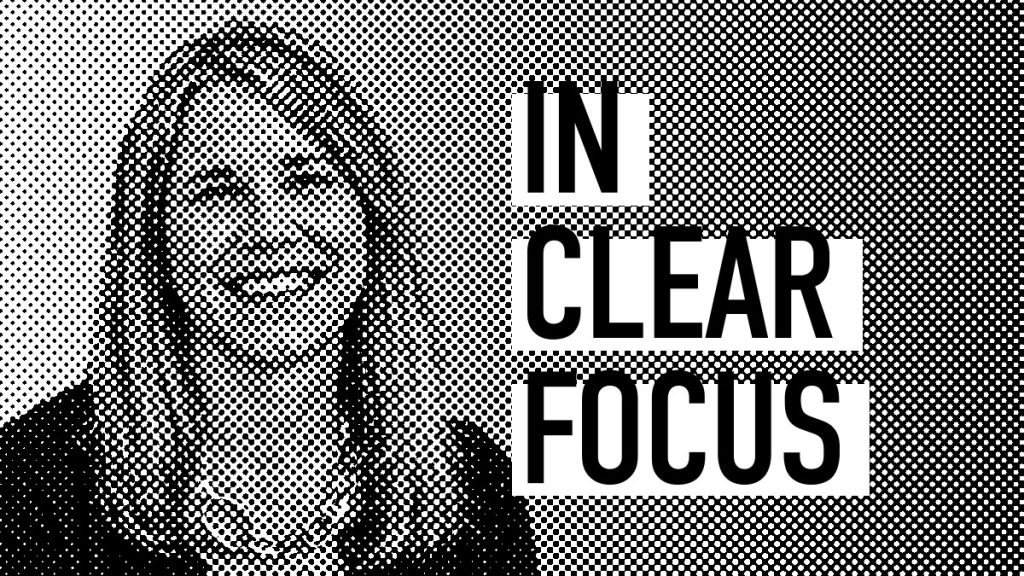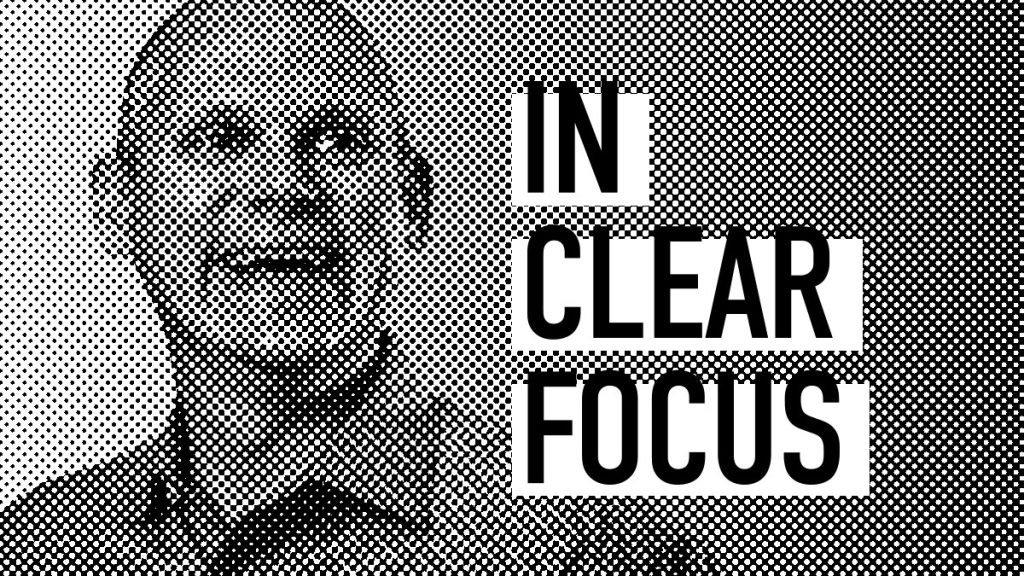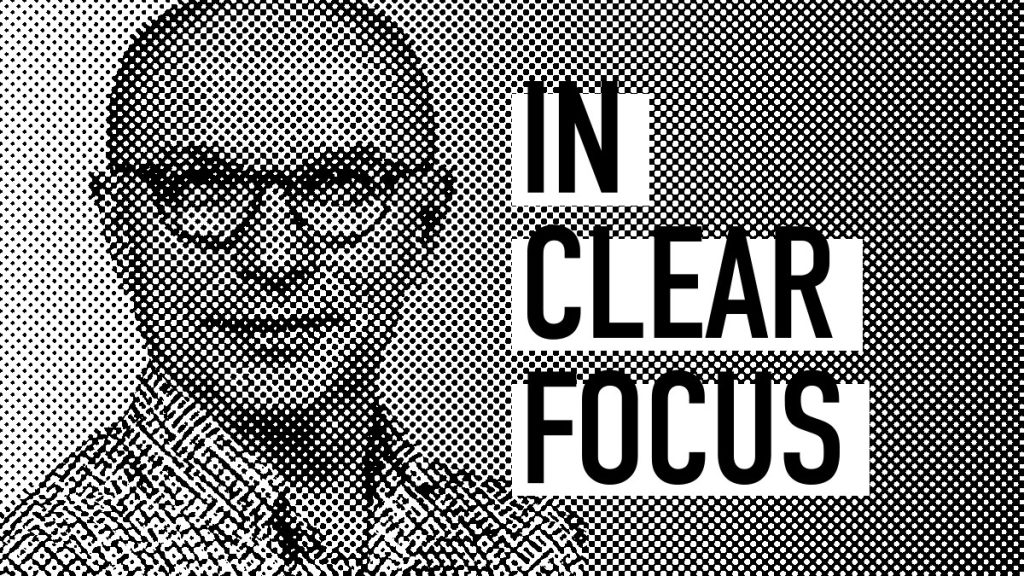Digital Marketing for Financial Services
Test How do you grow revenues over 400 percent in 3 years? Mason Dorner of Fattmerchant shares secrets of successful B2B digital marketing for financial services. IN CLEAR FOCUS: Bigeye discusses the growth of payment technology company Fattmerchant with the company’s VP of Marketing, Mason Dorner. Sharing some of the tactics that have made Fattmerchant a …

